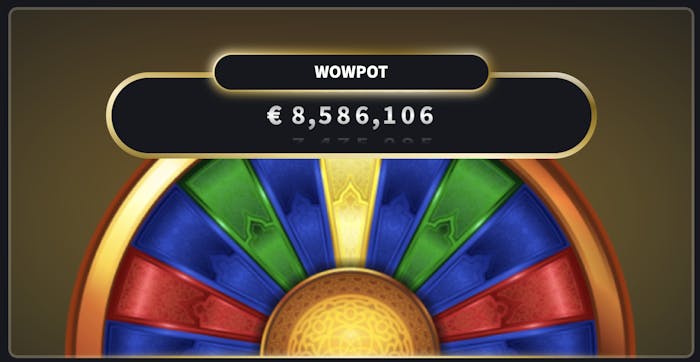New Approach to Measuring Gambling Harm in UK: What You Need to Know


The Gambling Commission introduces a revamped Gambling Survey for a more comprehensive understanding of gambling harm. Read on to find out what this means for the future of safe gambling practices in the UK.
- The Gambling Survey for Great Britain is set to replace old methodologies to assess gambling-related harm.
- Laura Balla of the Gambling Commission highlighted the survey’s aim to expand the understanding of gambling harm rather than creating a headline score.
- The survey will incorporate findings from the Wardle et al. (2018) research and treat severe consequences like bankruptcy and crime separately from other negative impacts.
- Melanie Ellis from Northridge Law comments on the potential disparity between future problem gambling rates and those identified in previous statistics due to changes in survey methodology.
- Concerns arise on how to evaluate the impact of responsible gambling measures accurately with the new survey approach.
The Gambling Commission is taking a bold step forward in the fight against gambling harm with the introduction of a new Gambling Survey for Great Britain. Laura Balla, the commission’s Head of Research, unveiled plans that aim not just to quantify but to deepen the understanding of gambling-related harm. This strategic shift signifies a move away from the conventional metrics and towards a holistic overview of the gambling landscape.
A Deep Dive into the Methodology
The new survey, informed by the foundational research of Wardle et al. (2018), marks a significant pivot from previous approaches. Balla explains that the revised methodology acknowledges the varying degrees of severity of gambling-related issues. High-stakes consequences such as bankruptcy, relationship breakdowns and criminal activities will be categorised distinctly from lesser impacts. Moreover, the survey’s findings will enrich a dedicated chapter in the report focusing not only on gambling’s adverse effects but also on the reasons behind gambling and the joy it brings to many.
A New Benchmark for Problem Gambling?
However, this methodological shift brings its own set of challenges. In a recent discussion with Gambling Insider, Melanie Ellis of Northridge Law raised concerns over the potential discrepancies this new approach might introduce when compared to established statistics. Ellis pointed out that preliminary pilot studies have already revealed discrepancies in the rates of problem gambling. This divergence poses a significant dilemma for evaluating the effectiveness of responsible gambling interventions introduced in the much-anticipated White Paper.
Challenges Ahead
The crux of the issue lies in distinguishing whether observed changes stem from the revised survey methodology or reflect the true impact of regulatory measures. As Ellis succinctly puts it, “So it puts us in a bit of a difficult position in terms of evaluating the impact of changes.” This ambiguity could muddy the waters for regulators, policymakers, and the gambling industry as they strive to enhance player protection and mitigate harm.
The Way Forward
As the Gambling Commission gears up to roll out the new Gambling Survey, the industry and stakeholders await with bated breath. The insights gleaned from this ambitious project have the potential to reshape our understanding of gambling harm and the efficacy of interventions. However, the journey ahead is fraught with uncertainties and the looming question of how to reconcile these novel findings with the established body of statistics.
In conclusion, while the new Gambling Survey for Great Britain heralds a significant leap towards understanding gambling harm in all its complexity, it also underscores the challenges of measuring the invisible line between enjoyment and detriment. As the UK online casino landscape evolves, so must our tools and frameworks, always with the gambler’s well-being at the forefront.
Comments
Comment Submitted for Review
Just now
Your comment has been submitted for moderator review. It will be posted shortly once approved
Latest News

Emily is our Casino Researcher and statistical mastermind. She uncovers all the latest trends through the numbers and creates valuable insights to our readers and internally, so we can cover our articles and journalism from a statistical background and angle.
Read more about the author







